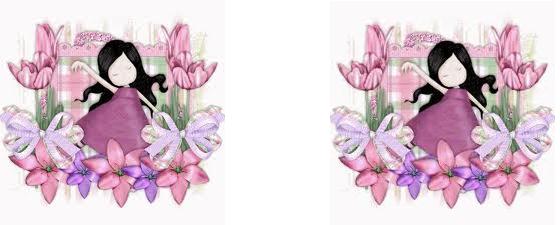
Monday, March 4, 2013
Japanese Dolls
There is a rich history of Japanese traditional dolls dating back to the Dogū figures (8000-200 BC) and Haniwa funerary figures (300-600 AD). By the eleventh century dolls were used as playthings as well as for protection and in religious ceremonies. During Hinamatsuri, the doll festival, hina dolls are displayed. These are made of straw and wood, painted, and dressed in elaborate, many-layered textiles. Daruma dolls are spherical dolls with red bodies and white faces without pupils. They represent Bodhidharma, the East Indian who founded Zen, and are used as good luck charms. Wooden Kokeshi dolls have no arms or legs, but a large head and cylindrical body, representing little girls.


Subscribe to:
Post Comments (Atom)

No comments:
Post a Comment